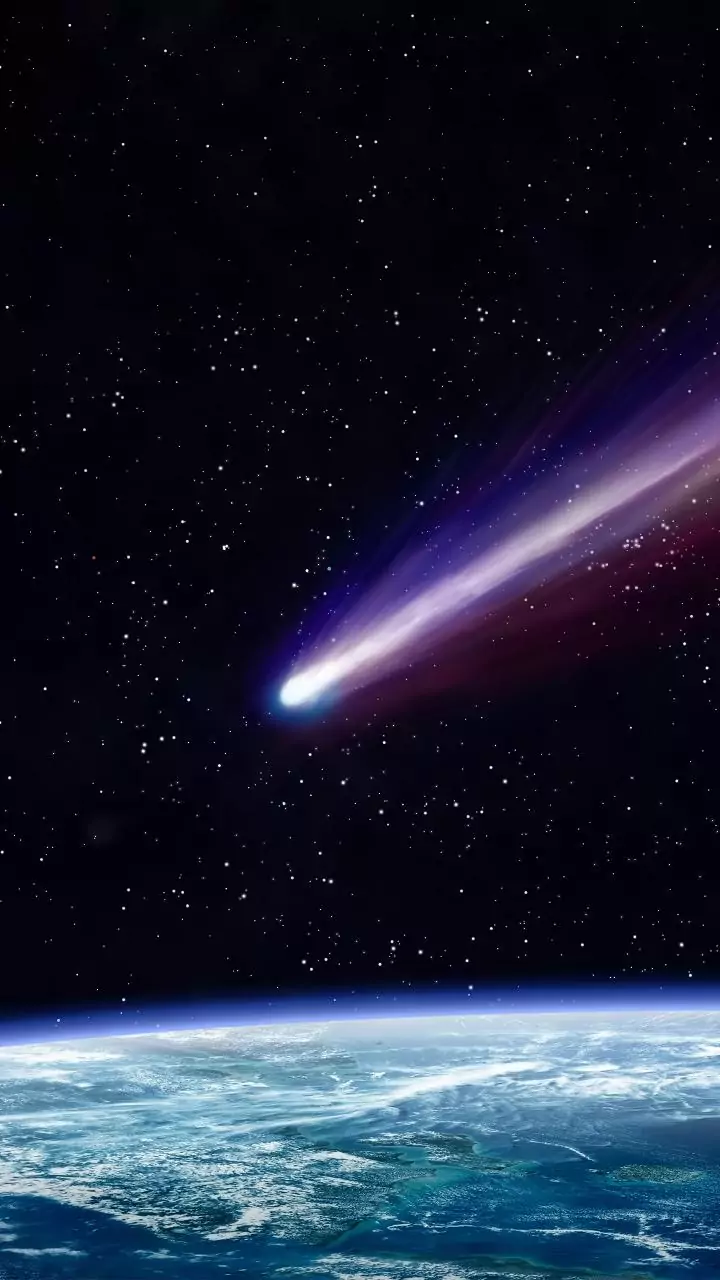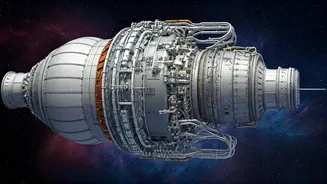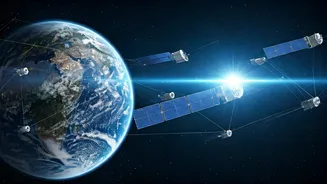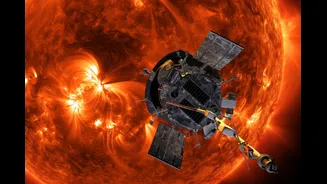When the world thinks about the early heroes of space exploration, it imagines courageous humans strapped inside metal capsules, braving the darkness. But the very first pioneers of the cosmos did not
wear suits or helmets. They did not understand risk, nor did they volunteer; they just buzzed and made history.
Back in 1947, just two years after World War II, a small payload soared skyward aboard a captured V-2 rocket launched from New Mexico. It carried the first animals to survive space travel: fruit flies. These tiny insects, small enough to sit comfortably on a fingernail, became the first creatures to travel into space and return alive.
Scientists wanted to study how radiation affected living organisms. But without knowing it, those fruit flies opened the door to one of the most revolutionary questions in modern human spaceflight: Could insects, one day, help humans survive in space?
The European Space Agency (ESA) has now assembled a team of food scientists, entomologists, biologists and space engineers to answer this question. The agency’s interest is no longer based on speculation. As the ESA notes in its latest report titled “Insects On The Space Menu,” insects have been quietly proving their resilience in space since the 1940s. The insects adapt, grow, and even reproduce.
These lightweight insects are proven to be highly efficient and nutritionally dense. They require the smallest habitats and the least resources. Åsa Berggren, a professor at the Swedish University of Agricultural Sciences and lead author of a 2025 Frontiers in Physiology study, describes insects as “good at withstanding physical stresses, even in environments as extreme as space.”
According to the professor, the insects can convert materials that humans cannot eat into high-quality protein. As these small insects can survive in microgravity, it is becoming a scientifically credible idea that these insects could be the future of space cuisine. Billions of people already eat insects every day on Earth, and this possibility can change the future of space travel.
Insights From Space Bugs
When the 1947 fruit flies returned safely to Earth, they carried more than radiation data. These insects carried the proof that life could survive the launch, the microgravity and the descent from space. This discovery was crucial in launching the first vertebrate missions, leading eventually to humans. Even after the humans walked on the Moon, fruit flies never left NASA’s radar.
According to a briefing published by NASA in 2014, biologist Sharmila Bhattacharya explained that about 77% of known human disease genes have recognisable analogues in fruit flies. This also makes these insects extremely valuable for biomedical research. These insects age quickly, reproduce rapidly, and respond to microgravity in measurable, human-relevant ways.
NASA created the Fruit Fly Lab on the International Space Station to study ageing, immunity and the effects of long-term space travel. Fruit flies experience immune suppression in space, just like astronauts – making them ideal biological stand-ins. Some of these flies live, reproduce and die in orbit, allowing scientists to observe full life cycles in microgravity.
How Insects Graduated From Passengers To Research Subjects
Over the decades, insects have become central to space biology. ESA records show that after fruit flies, a range of insect species made trips into orbit, including:
- Houseflies
- Bumblebees
- Caterpillars
- Ants
- Stick insects
- Desert beetles
- Honeybees
- Tardigrades (water bears)
Experiments showcased remarkable results as ants, for example, performed search tasks in microgravity, stumbling yet adapting. Houseflies could orient themselves better than bees, and tardigrades or water bears, which are known for surviving extreme conditions, survived vacuum exposure in ESA’s 2007 “Tardigrades in Space” project.
Crickets and mealworms captured the ESA’s imagination the most. As these species are already consumed on Earth, and are recognised for their high protein content and environmental efficiency, the European Food Safety Authority (EFSA) approved both the house cricket and the yellow mealworm for human consumption in 2023.
This decision also opened an unexpected door: the same insects approved for European dinner plates might one day feed astronauts.
Why Insects Are An Appropriate Option For Space
According to ESA’s findings, insects excel in nearly every condition that makes space farming difficult.
- They need minimal resources- Many species thrive on plant scraps, agricultural byproducts or organic waste.
- They are tiny and lightweight- Insects are lightweight and produce more protein while using far less space than plants or animals.
- They convert food efficiently- Crickets need about 12 times less feed than cattle to produce the same amount of protein.
- They tolerate microgravity- The Frontiers in Physiology study by Berggren’s team concluded that insects “cope quite well in space environments,” with development and reproduction largely unaffected.
- They reproduce quickly- Short life cycles allow rapid growth of the food population, which is essential for long missions.
As Daily Galaxy summarised in 2025, insects are “surprising superfoods” capable of offering astronauts both nutrition and self-sustaining food cycles.
ESA’s New Mission
ESA’s long-term goal is not just sending insects to space – it is breeding them there. Until now, most insect experiments lasted days or weeks, far too short for full multi-generational studies. The upcoming experiments, designed in collaboration with European universities and the Swedish University of Agricultural Sciences, aim to:
- Measure the effects of microgravity on reproduction
- Analyse how space conditions affect nutritional quality
- Observe full insect life cycles in orbit
- Understand immune function changes
- Determine the best species for long-term space farming
Could Astronauts Eat Insects?
The idea may sound unsettling or futuristic, but it is already happening. ESA astronaut Samantha Cristoforetti brought a blueberry cereal bar made with cricket flour to the ISS in 2022. The goal was not just a novelty snack; it demonstrated that insect-based foods are safe, tasty, and suitable for space consumption.
Cricket flour is already present in bread, pasta, crackers, and energy bars on Earth. Insects like mealworms taste like roasted nuts or bacon, depending on preparation. Ants have a natural lemony tang. Cooking methods enhance flavour, making insect meals surprisingly versatile.
Future Of Space Food
In 1947, the fruit flies unknowingly became Earth’s first space ambassadors. Today, these tiny insects are helping humans to prepare for the next generation of exploration. Studies by ESA, NASA’s fruit fly research and the growing field of space entomology all point to one conclusion that the future of space travel may depend on these smallest travellers – insects of all.














